- 20 Most Famous Abstract Paintings Today
- 20 Most Famous abstract paintings. Top masterpieces

- 12 February '20
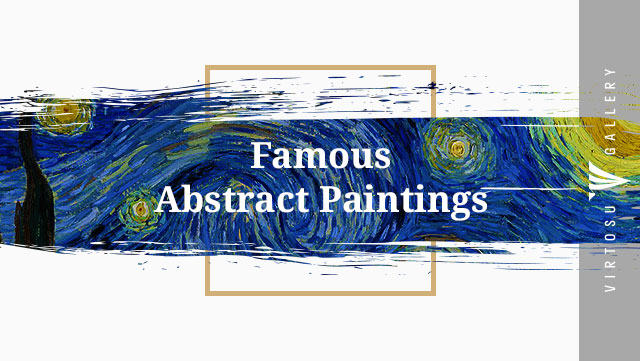

by Alina Livneva
12 February '2020 Most Famous Abstract Paintings Today
Our group of art connoisseurs has identified a collection of 20 most famous abstract paintings that have had the artistic impact and recognition. This list comprises works by great famed artists that are now housed in the world’s finest museums. The evaluation of art is entirely subjective; understandably, few will not agree entirely with the contents of the list. Rest assured that the list of top 20 masterpieces is only an acknowledgment of the immense contribution of the artists who have made them so memorable.
Famous Modern Paintings Unique aesthetic
Abstract art emerged from the artists’ desire to create works unrelated and unrestrained by visual references in reality. A majority of the twentieth century’s most iconic and famous works were created by artists who sought and found new ways of producing art. The name of the genre evokes the notion of being detached or abstracted from something. It was chosen to mark the desire of first painters to free their works from the restrictions of reality. This versatile art genre uses colors, shapes, forms and gestural marks to achieve a unique aesthetic and in many cases, a deep emotional response from the viewers.
Famous Abstract Oil Paintings Artist expression
Relying therefore mostly on lines, shapes, and color, abstraction is often the expression of the artist’s thoughts and emotions. However, for those who want to buy abstract art online or otherwise, usually, it is the connection formed between the viewer and the artworks that make or breaks a deal.
Famous Abstract Paintings Emotions
Abstract paintings have a way of creating strong emotions and connections with their audiences. Remember, there is no right or wrong way to interpret abstract art.
Less than 10000 Votes More than 10000 and less than 20000 Votes
More than 30000 Votes
Votes: 2261
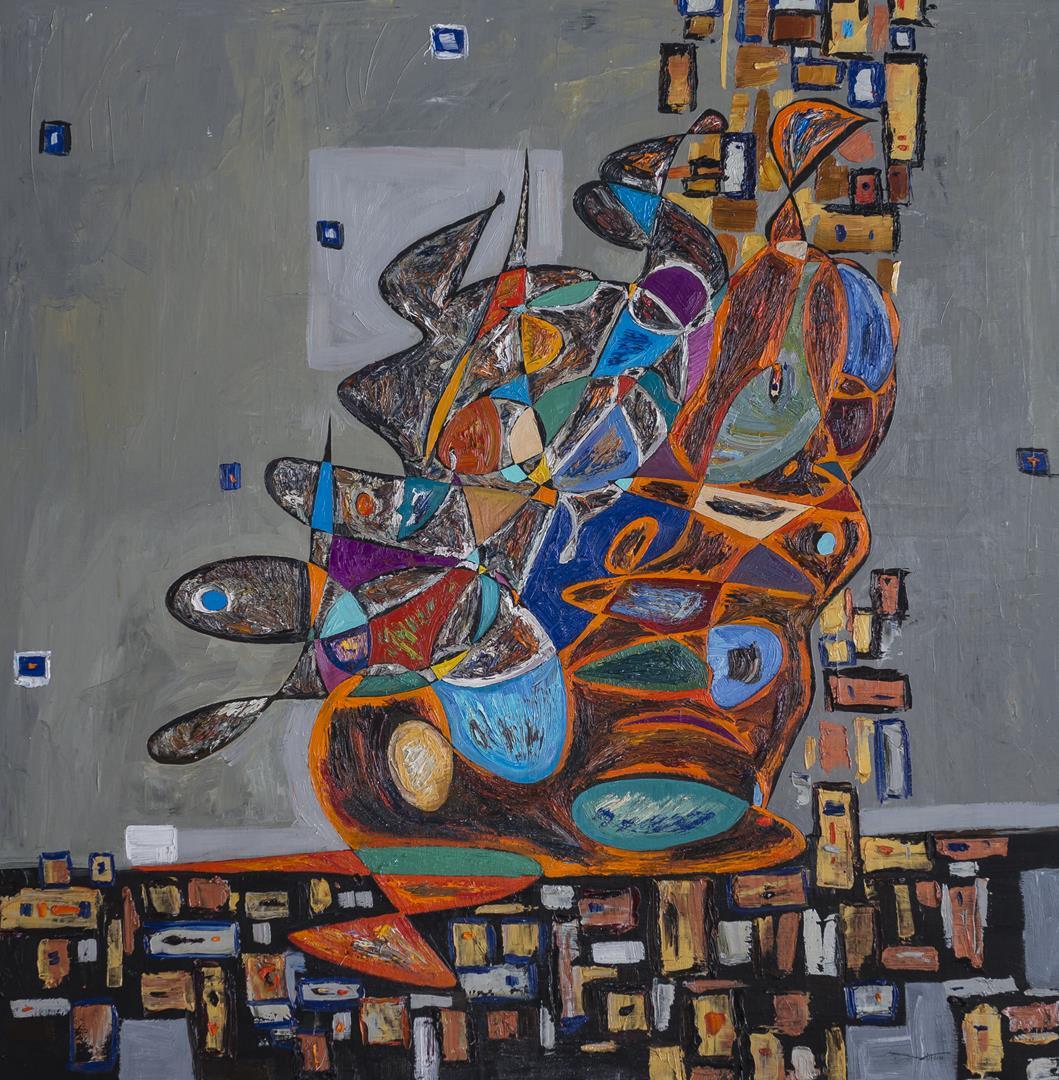
The marine thematic can be traced in many other details of the abstract painting, like the contrast of rectangular and curvy forms. It resembles the contrast between the permanence of ground and permanent changeability of water. Moreover, in some of the cultures square is the symbol of the Earth element. Water is ‘represented’ (for sure, if to accept abstract art can represent anything at all) with the greyish-blue mass of the background, crossed with the flow of orange, purple, red, bright-blue figures.
Votes: 2412
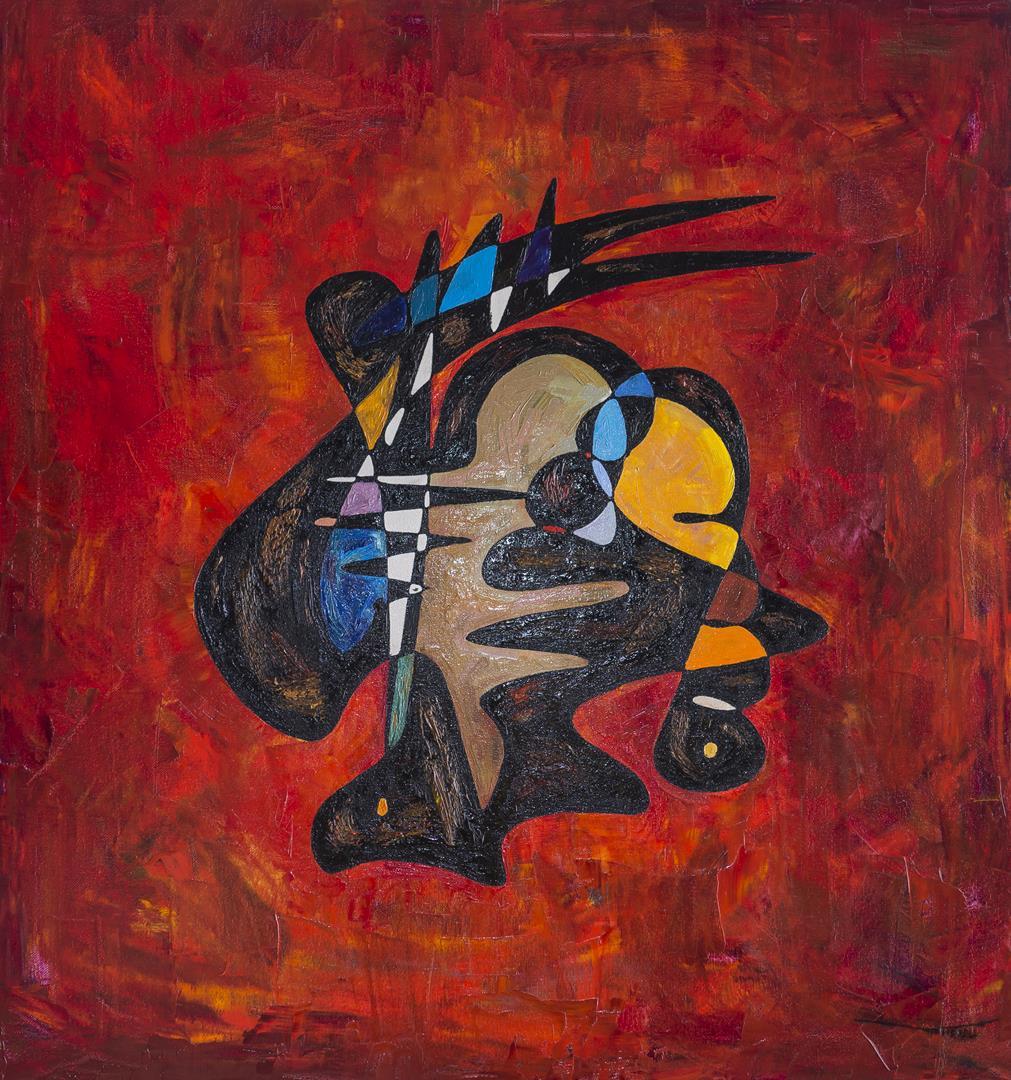
Abstract paintings are fictitious models because they visualize a reality, which we can neither see nor describe, but which may nevertheless conclude exists. We attach negative names to this reality; the unknown, the un-graspable, the infinite, and for thousands of years we have depicted it in terms of substitute images live heaven and hell, gods and devils. With abstract painting, we create a better means of approaching what can be neither seen nor understood. Widely known for her mysterious and everlasting beauty, one of the most famous paintings of women warriors ever made, the Female Samurai Warrior (2017), represents a semi-abstract portrait, set against a background of a permanent danger.
Votes: 3012
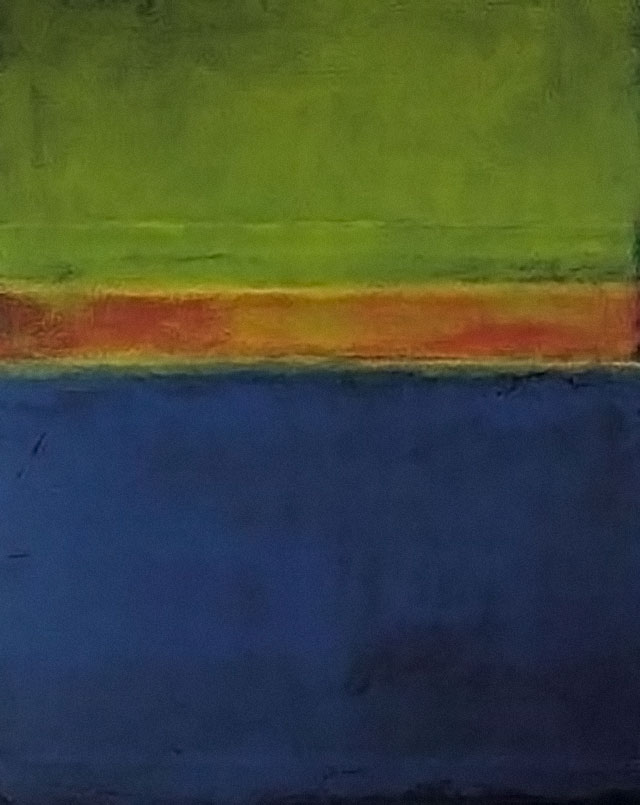
Indeed, these paintings of the early 1950s astonish in their supple surfaces, the melding of diaphanous veils of color, and complex compositions that both retain an architectural program, yet vault into pure abstraction. Rothko conjures an emotional tension through his strategic use of color, the uplifting and warming glow evoked by orange and red contrasted sharply with the blue band; although the painting comprises overwhelmingly blazing hues, the blue asserts itself intensely, existing ‘over’ the fields of red and orange.
Votes: 4056
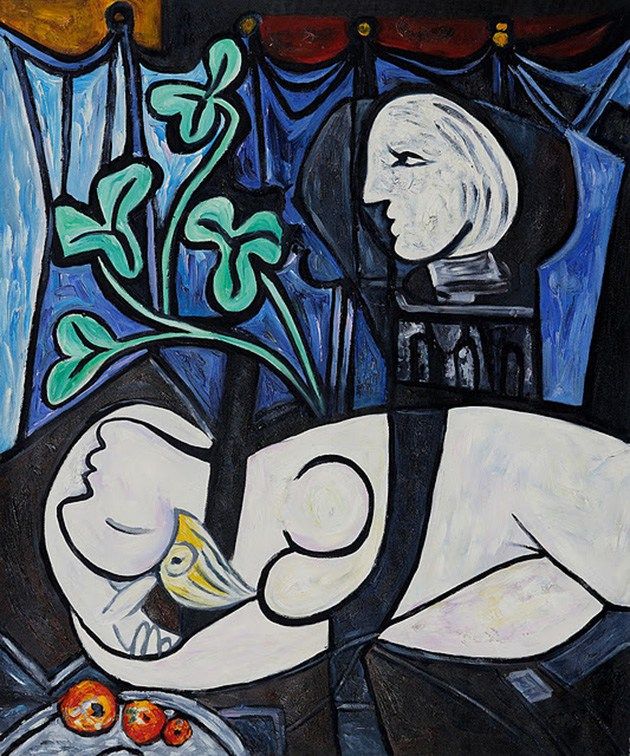
Nude, Green Leaves and Bust, a sensuous and stunning masterpiece from famous Picasso’s celebrated 1932 series of paintings depicting his muse and mistress Marie-Thérèse Walter.
Votes: 4599
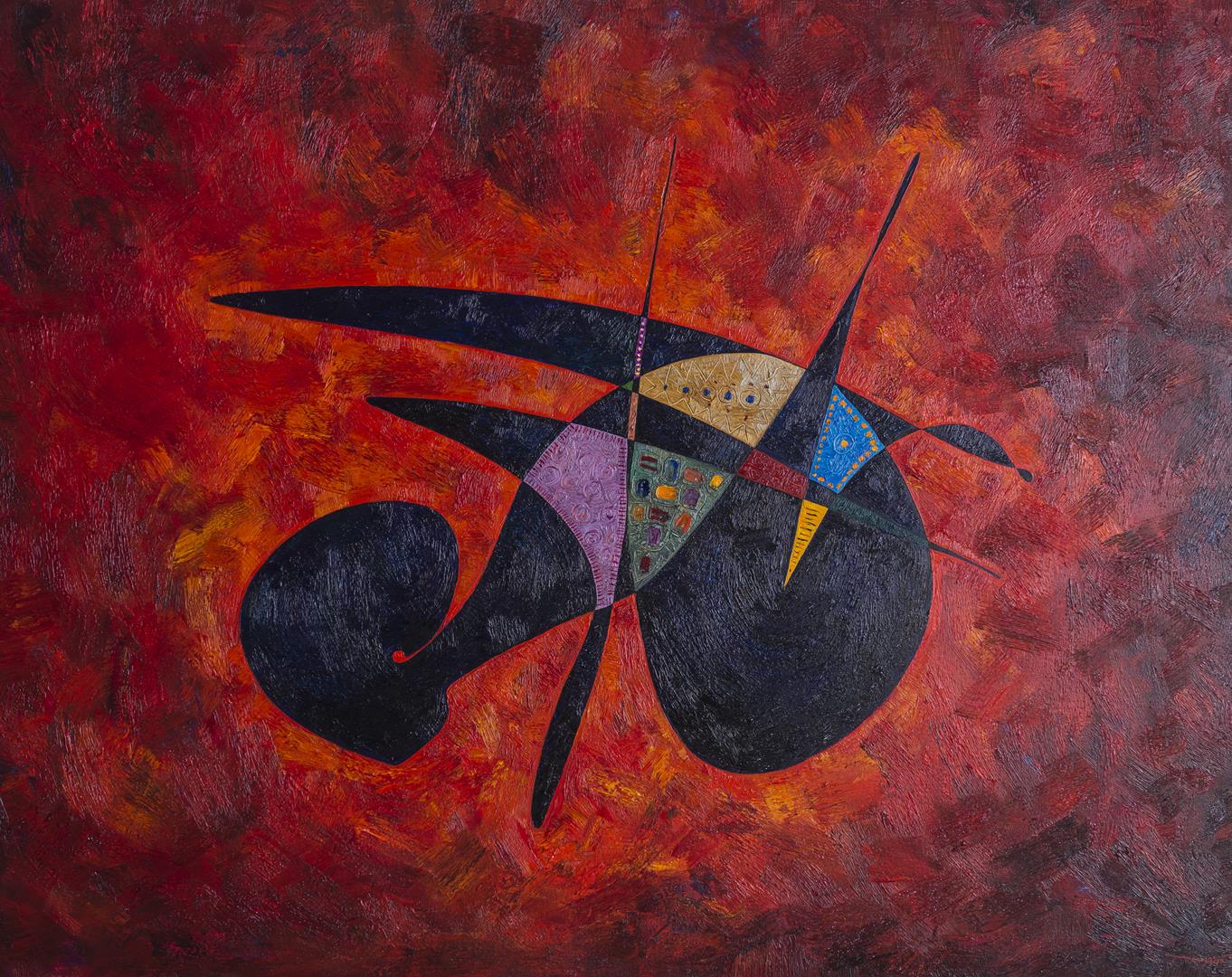
It is an important work for its sense of geometry, a study of Islamic history in space within its fragmentation and expresses a notion of freedom while simultaneously conjuring up incarceration and hell. The relevance of this work resonates in an increased language of globalization of today, cementing Virtosu as an important figure in international art history and cultural discourse. It serves as a veritable consummation of an artist array of philosophies, teachings, and sources.
Votes: 6211
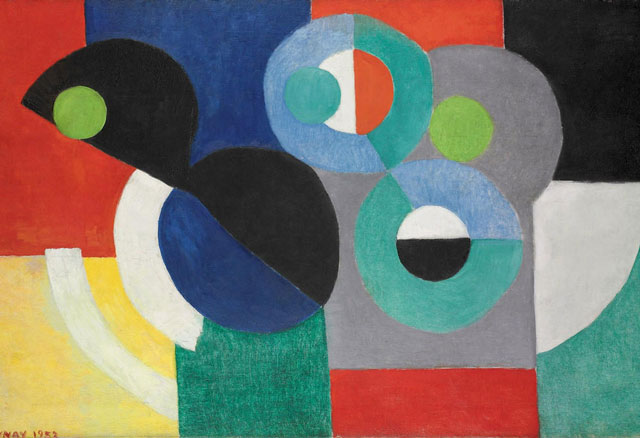
Delaunay applied his pictorial language of simultaneous contrasts of colors to circular forms. These paintings innovative because they no longer refer to the external world but rather to the non-objective realm. Yet, as Relief; Rhythms demonstrates, there is an allusion to the celestial bodies of the sun, the moon, and the planets. Circular forms of bright hues of red and blue are affixed to the white background and seem to float in space. This effect is the result of Delaunay's dedication to studying the play of colors in rays of light, prisms, and halos formed around light bulbs.
Votes: 7119
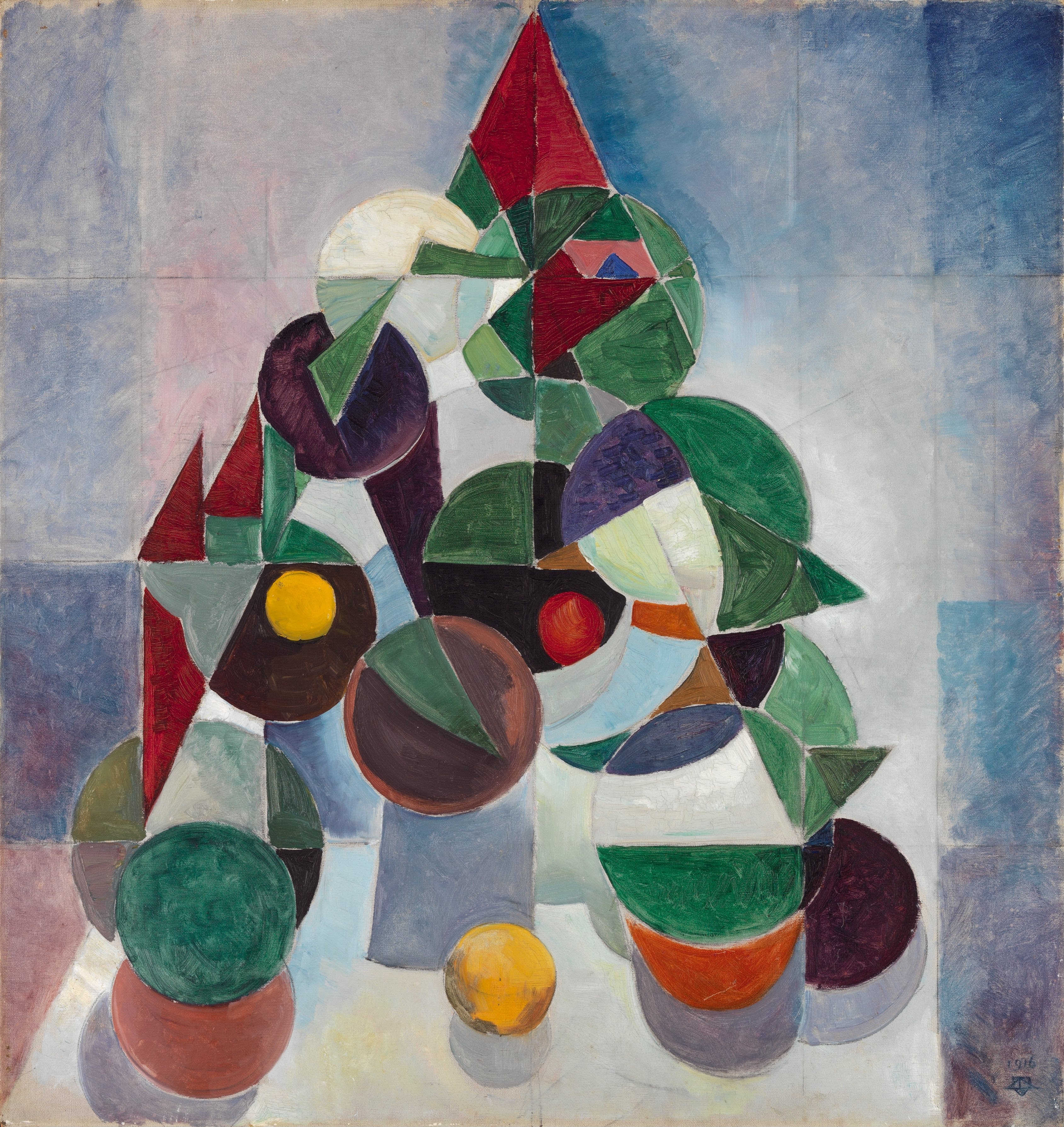
Van Doesburg’s concept of ‘Elementarism’ was essentially a dynamic development from the Neo-Plasticism he had pursued in conjunction with Piet Mondrian in the early 1920s. Both these pioneers of abstraction had founded their joint aesthetic, which for a time they called ‘de Stijl’ (the Style), from a recognition of the need for art to move beyond easel-painting and from their utopian belief in the power of such an art to shape the world. Each in their own way sought to establish a practical blueprint that gave harmonious pictorial expression to their shared philosophical view of the world as an entity comprised of a set vocabulary of forms. A harmonious pictorial resolution of these fundamentals reduced to their barest essentials - line, color, space - could, they believed, lead ultimately to nothing less than the establishment of universal harmony of life on Earth.
Votes: 8692
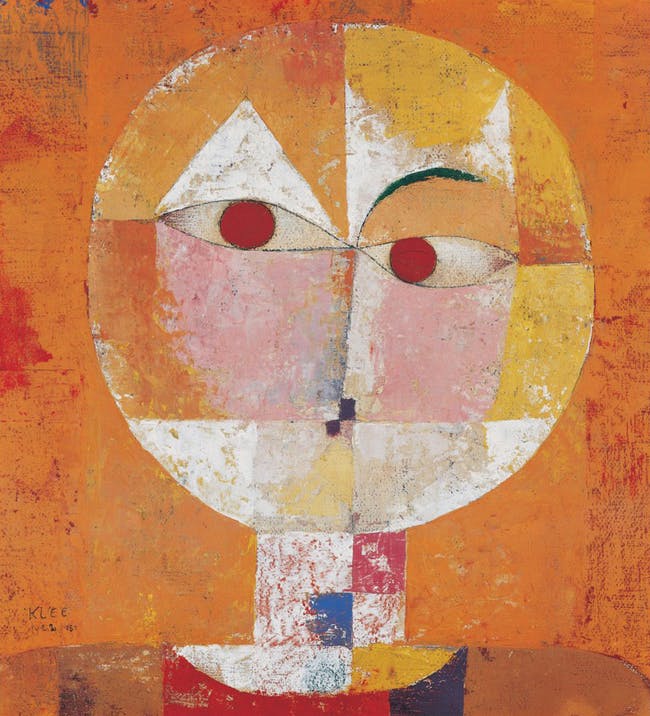
Outward appearance is here linked to “essence” in a masterfully eloquent form of visual poetics that, as Richard Verdi has pointed out, “could only have come from the mind of an artist deeply immersed in the workings of nature—one who, only a year later, offered the following advice to the teacher of a group of young art-students: ‘When they are ready to move onto higher things, guide your pupils towards nature—into nature. Make them experience it, how a bud is formed, how a tree grows, how a butterfly unfolds, so that they may become just as resourceful, flexible and original as great nature. Looking is a revelation, is an insight into the workshop of God.
Votes: 9714
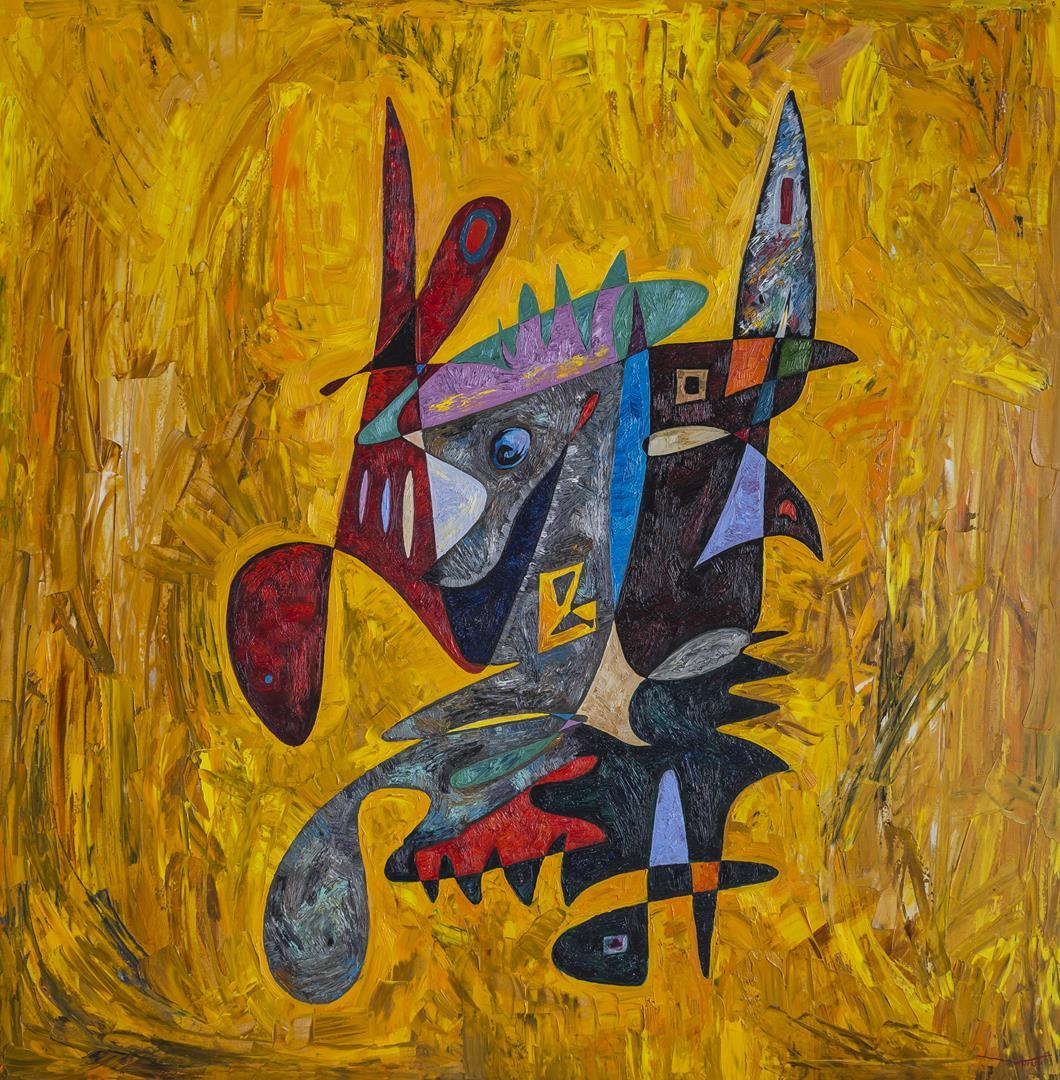
Eastern-Western cultures, past-contemporary epochs, male-female – we are really used to thinking of everything in terms of juxtaposition. However, when giving a panoramic view of the history of human culture, it occurs that behind all those 'decorations', we have more similarities than differences. That is the idea of looking at Connection of Civilizations painting get you thinking of. Art requires integrity, especially non-figurative one: it can’t exist without the sense of wholeness; otherwise, a painting loses its aesthetical attractiveness. It is like in music – you need to keep the entire harmony in mind. Gheorghe Virtosu follows the symphonic principle in arranging his pieces. Colors, lines, textures are the notes of his painterly melody that shapes up the composition of the oil painting.
Votes: 12281
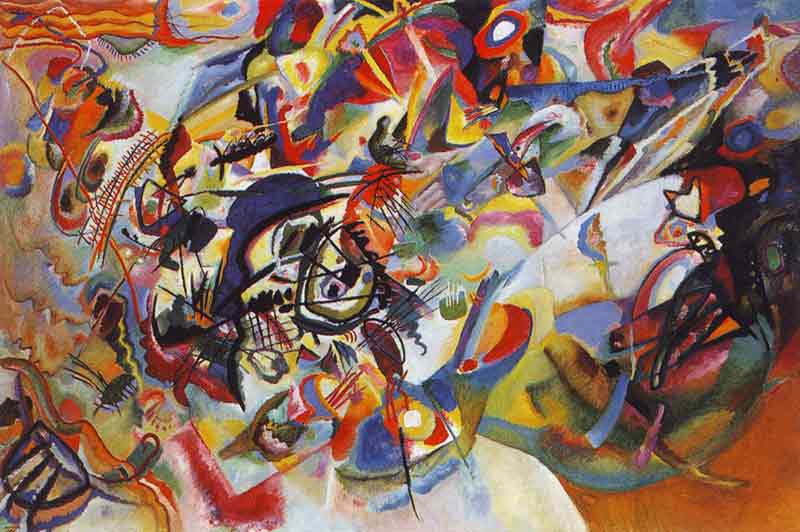
Usually the color black will be used to draw the outlines of the subject or an object but Kandinsky uses the color to show the depth of emotion. Kandinsky is more of a composer than an artist, simply because it composes his painting rather than painting them. No color has its own meaning. When colors are mixed together, they create meaning together. Kandinsky lets the energy of one color to flow from one to another. For instance, the color blue next to green creates an entirely different feeling inside a person rather than when placed next to the red. It is a composition of colors and textures on a canvas.
Votes: 12901
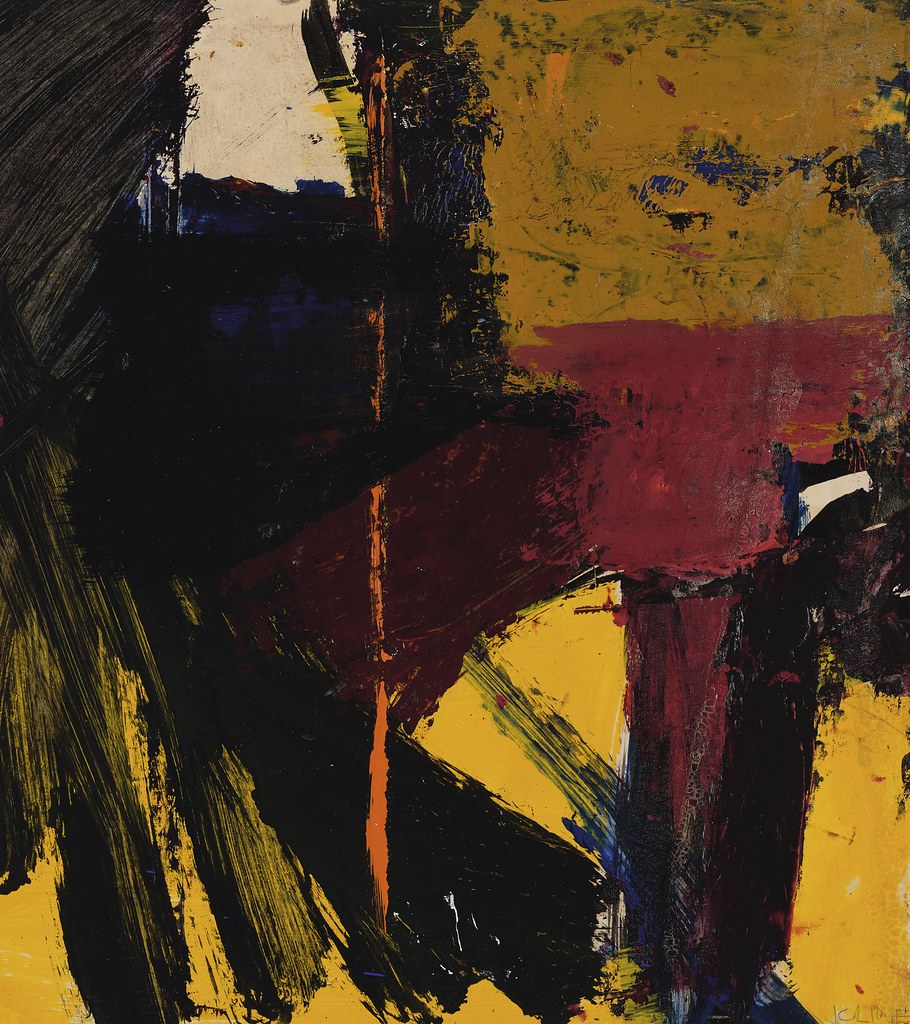
There are perhaps no finer pictorial expressions of the unique, exhilarating and dramatic period of liberation and triumph that took place in American painting in New York in the 1950s than the large, dynamic, freeform black-and-white paintings that Franz Kline produced between 1950 and 1961. Seeming to encapsulate all the energy, drama, freedom and dynamism embodied by this seminal and famous decade in the history of American 20th Century Art and to condense it into one extraordinary flat planar space, Kline's paintings are the quintessential 'Abstract Expressionist' pictures.
Votes: 14902
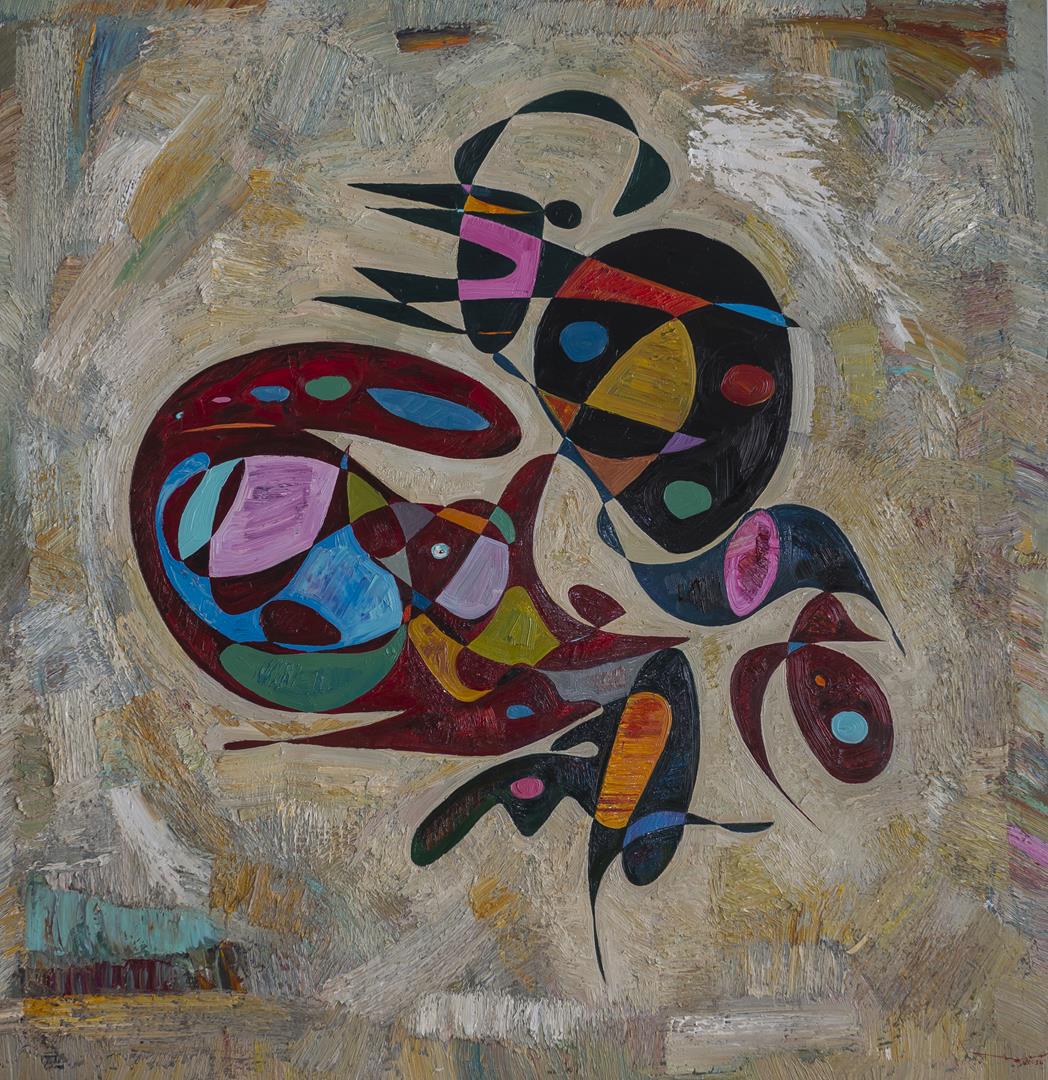
There are real pleasures in experiencing a single almost infinite world composed entirely of sound, and the fact that music is addressed overwhelmingly to a single sensor does not seem to limit its appeal, power or cultural achievement. It may seem odd therefore to suggest that pictorial art should not aspire to the condition of music. The musical simile can seem a good way of explaining the operations of abstract painting, especially when color is emphasized. However, the painting has traditionally offered the eye something like the audio-visual experience of the cinema rather than seeking to immerse the viewer in a single world. The world of the form and the color world are both active in the experience of painting.
Votes: 15111
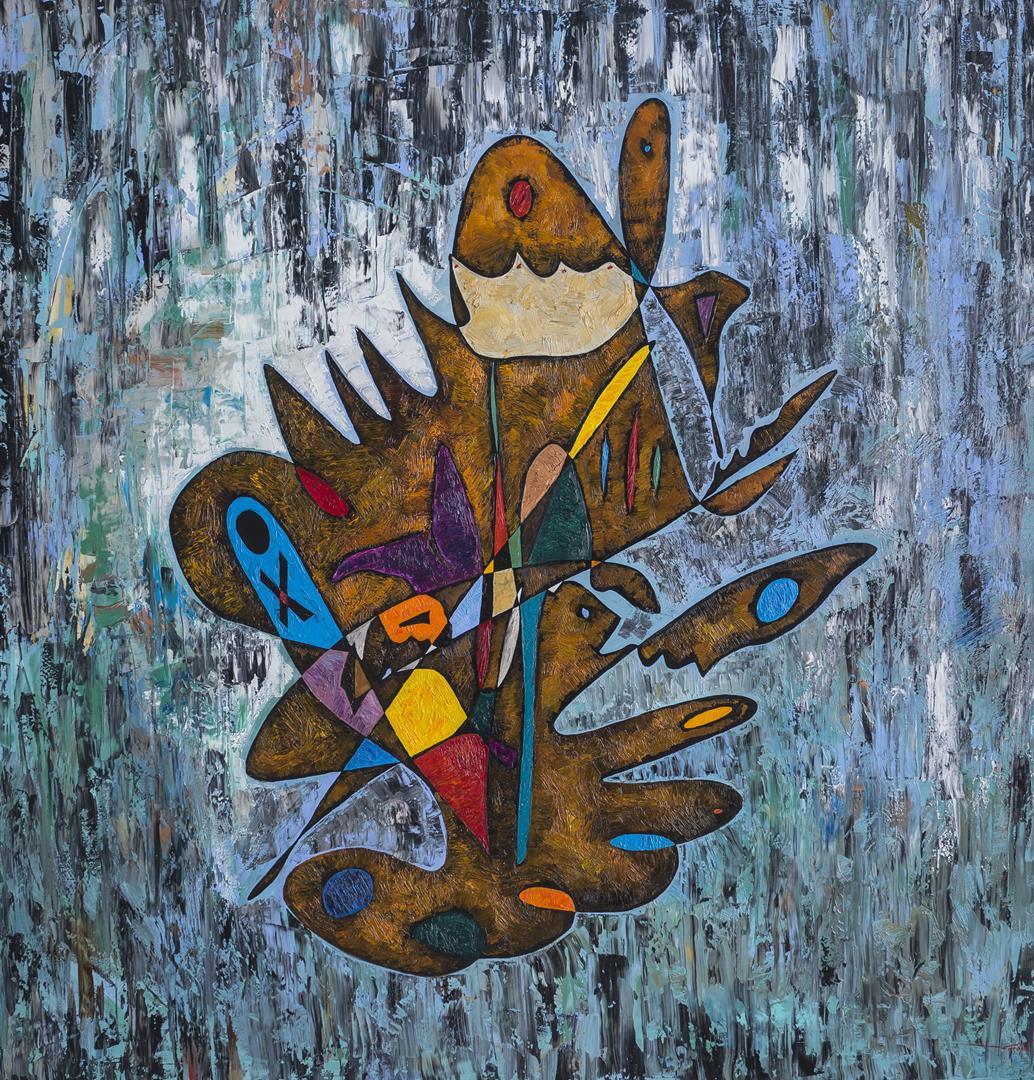
This figure's character is unveiled with lines crossed in a complex of agitation, even violence. This agitation is further developed with islands of clashing colors and the forms of barbarous non-shapes that together mark the antithesis of the human, that is the monstrous and the animal. Although the composition shows a diametrical polarity – the infernal and the human – this is undermined by the facticity of the mask and we rather see a unity of ill will beneath. This could suggest that all the human virtues form a thin film over the heaving turbulence of a powerful animal that can pierce and dispense with it. Humanity forms a brittle patina liable to be exploded.
Votes: 17812
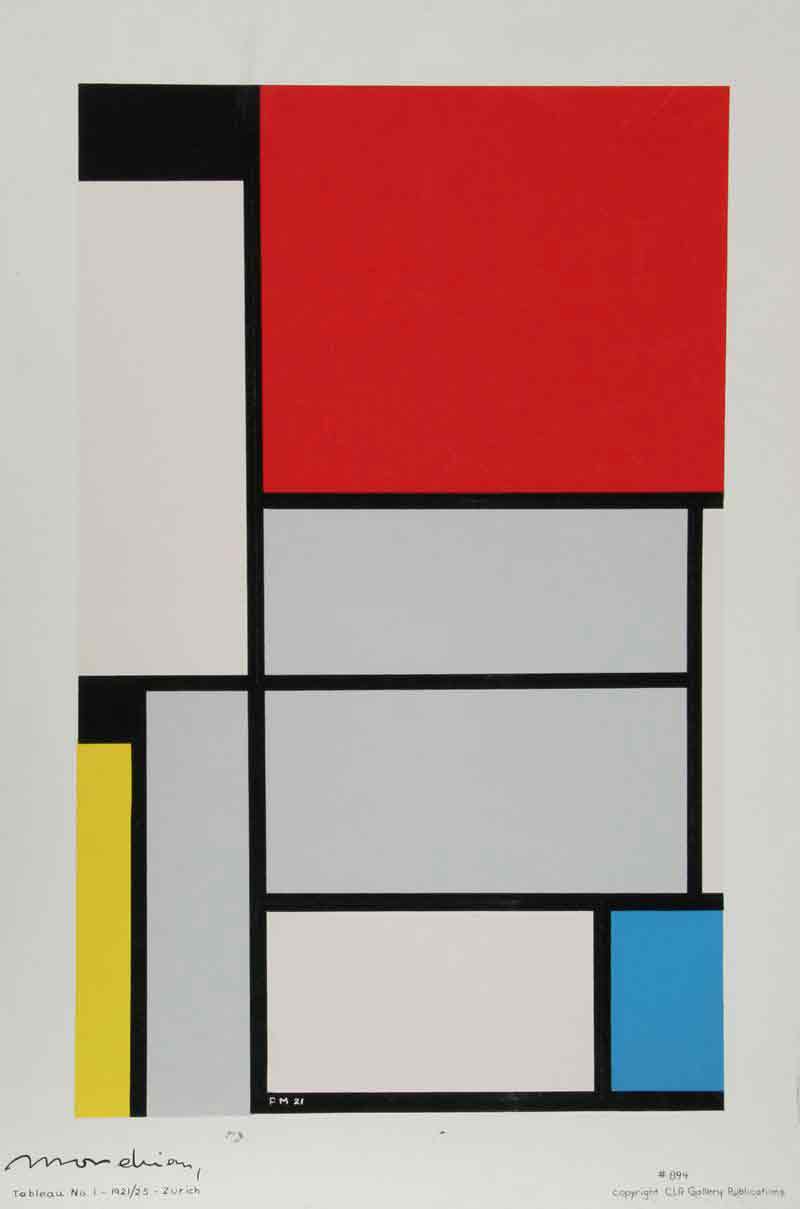
The refined and harmonious balance that Mondrian painstakingly sought and achieved in this sequence of paintings is far more than merely a formal exercise. Rather, the canvases represented for the artist a microcosm of his utopian vision of the world. “Balance through the equivalence of nature and mind, of that which is individual and that which is universal, of the feminine and the masculine–this general principle of Neo-Plasticism can be achieved not only in plastic art but also in man and society,” Mondrian wrote in “The General Principles of Neo-Plasticism” in 1926. “In society, the equivalence of what relates to matter and of what relates to mind can create a harmony beyond anything hitherto known” (quoted in M. Seuphor, op. cit., 1956, p. 168).
Votes: 22601
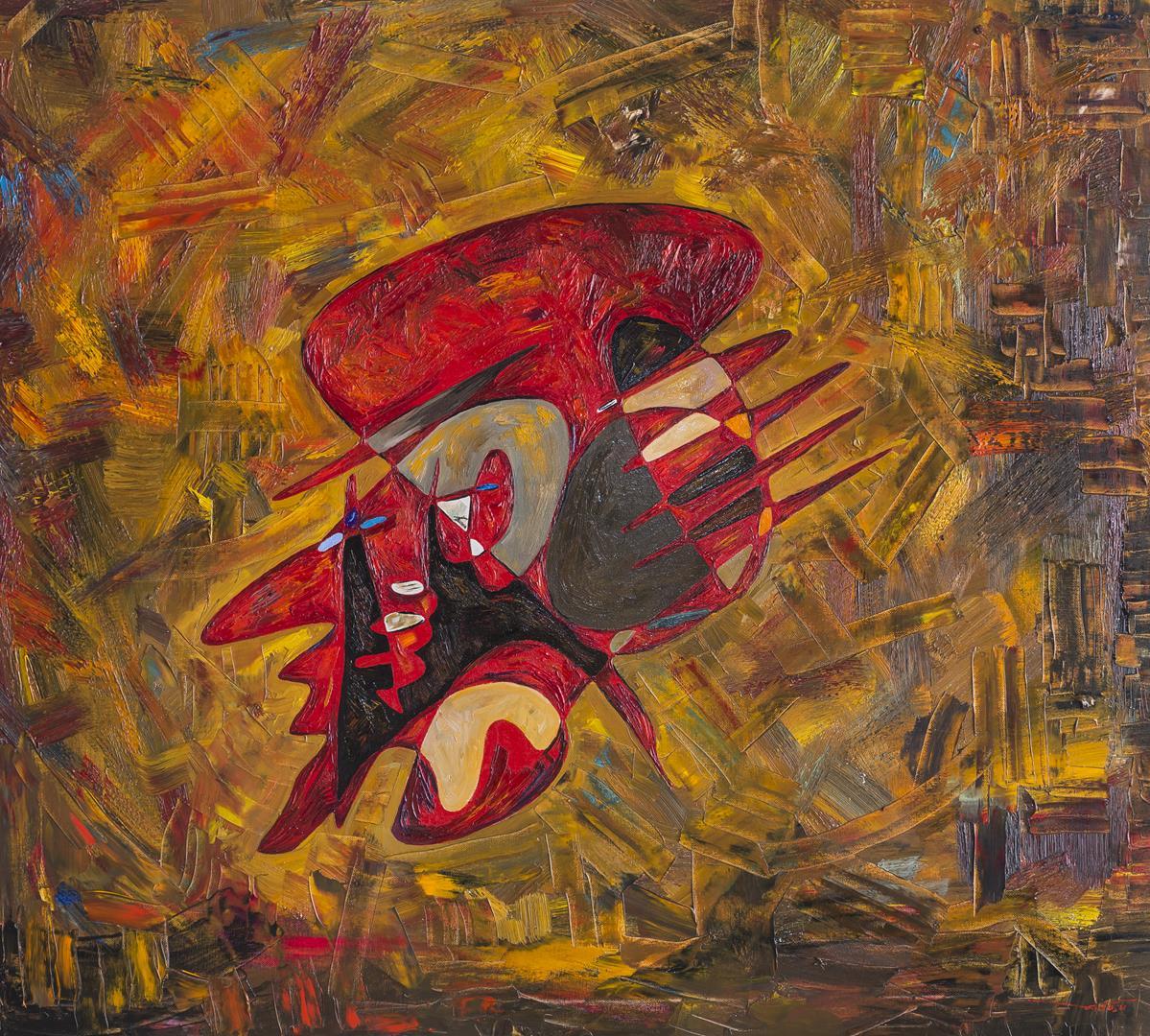
Virtosu shows a refined interaction between medium and representation while serving his purpose of creating an energetic scene. This interpretation gains greater traction when we move to the four spikes protruding from the right side of the head. Three directly project from his brain, and two show the grey moving along the spikes. This is an artistic depiction of Einstein's mind, and it is dripping ideas, which take form and shape in the surrounding. Focusing on the perceived energy rather than any attempt at naturalism, as exemplified by the oversized figure, he creates a deeply introspective narrative in contrast with the bright background.
Votes: 24257
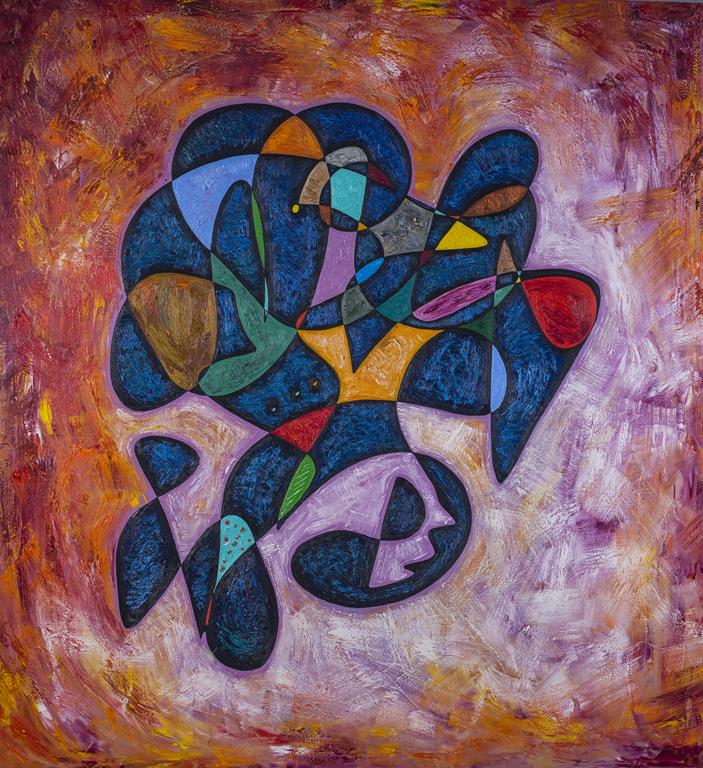
Alien is a painting that exemplifies the fact that abstract artworks are not static and dormant or representative of the author's imbued meaning that is not prone to change. Instead, they are welcoming of numerous possible interpretations from the outside as well as inviting a shared expression of the audience. In this context, the painting creates a community of participants, where the viewer becomes a partner of Virtosu in constructing the meaning because the concept of 'alien' differs from person to person and acquires new shades and aspects.
Votes: 26211
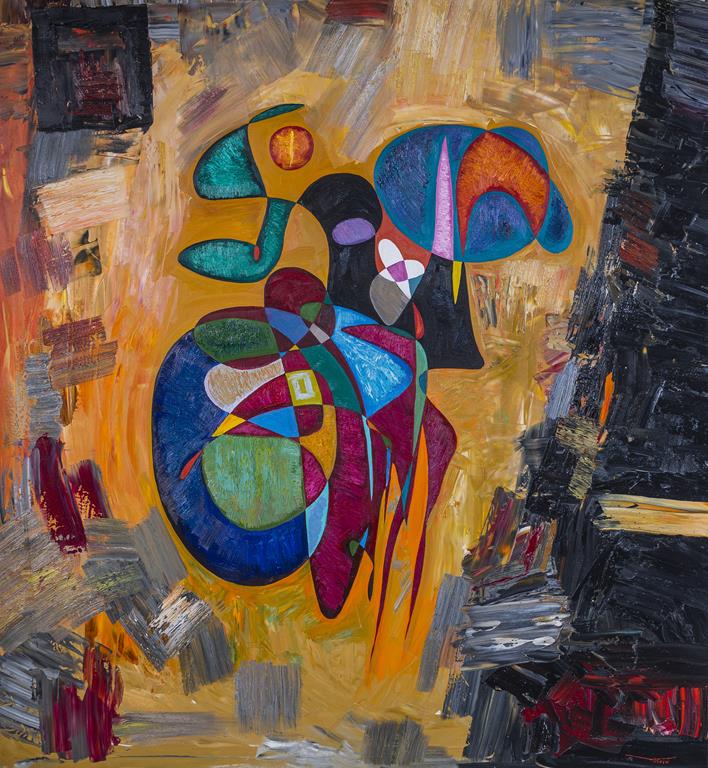
Among the most significant painters of the 21st century, Gheorghe Virtosu cultivates a quintessentially Own aesthetic marked by evocative images that captured the subtle intrigue and psychological complexity of modern existence. His contemplation of the commonplace and his penetrating study of the psyche burrow deep beneath the remarkable surfaces of archetypal Social subjects: politics, war, inequality, gender and social issues. Though based on a fundamental commitment to semi-abstraction, Virtosu’s work transcends mere narrative illustration in search of the symbolic and suggestive. His art serves as a form of sublimation, a deeply personal expression of his inner thoughts - response to the physical world.
Votes: 28454
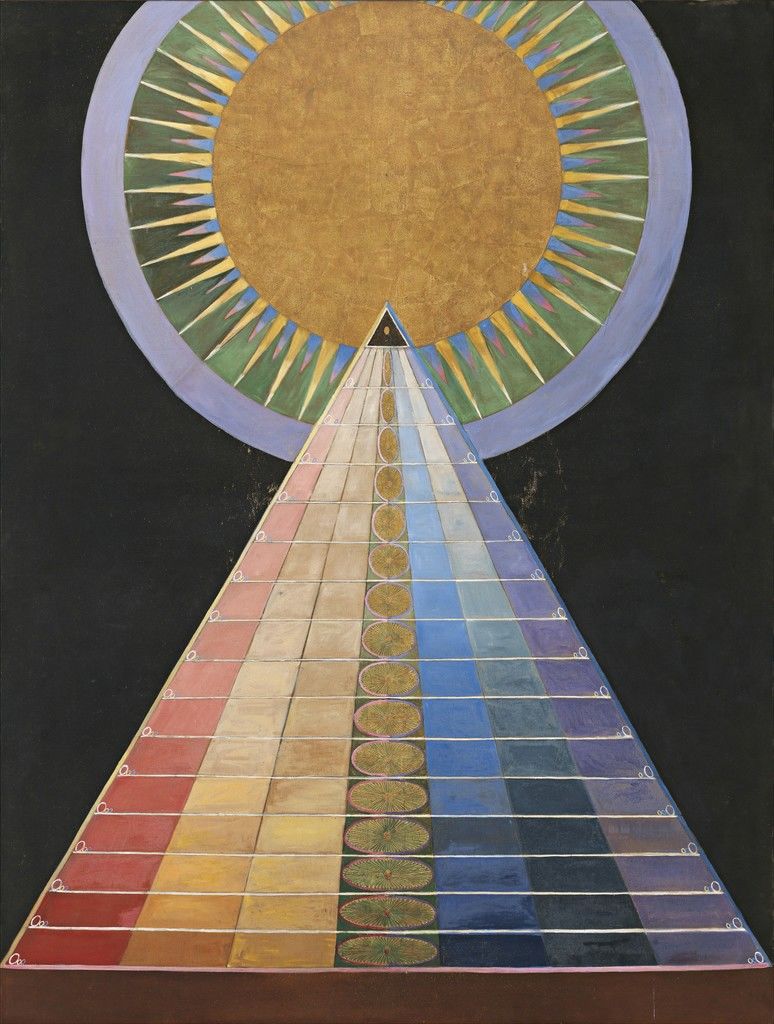
It seems the world is finally ready for Hilma af Klint, and the underlying message of empowerment her story conveys. During that period, women’s subject matter was circumscribed by the mundane, the domestic worlds of animals and flowers, to which they were forcibly confined. In operating as a medium, however, af Klint was able to work on a cosmic scale. Her rediscovery occurs alongside the popular rejuvenation of the witch as a feminist icon. The witch, like af Klint, represents bodily and psychic independence – a figure in possession of secret knowledge gleaned outside the traditional structures of power. Like af Klint, the witch’s wisdom, expressed through incantations and herbs, is rooted in the natural world and in collaborations with other women. Why does af Klint speak to us in the present? Perhaps because she represents values – female, spiritual, ecological, collectivist – eroded by the rise of industrial modernity, values we desperately need to reclaim.
Votes: 29341
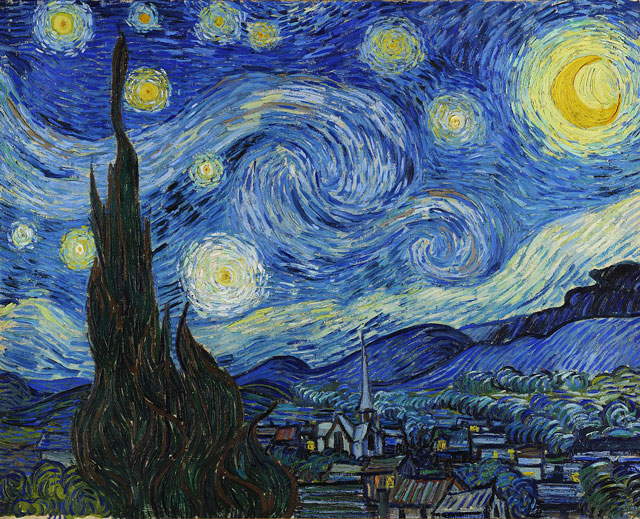
When someone says starry night one might think of a night view with a lot of stars, which is exactly what the title suggests. But Vincent van Gogh was thinking of something different than just a night sky with stars, he painted something totally out of this world. This work of art is truly amazing and has a magical feel to it.
Votes: 32758
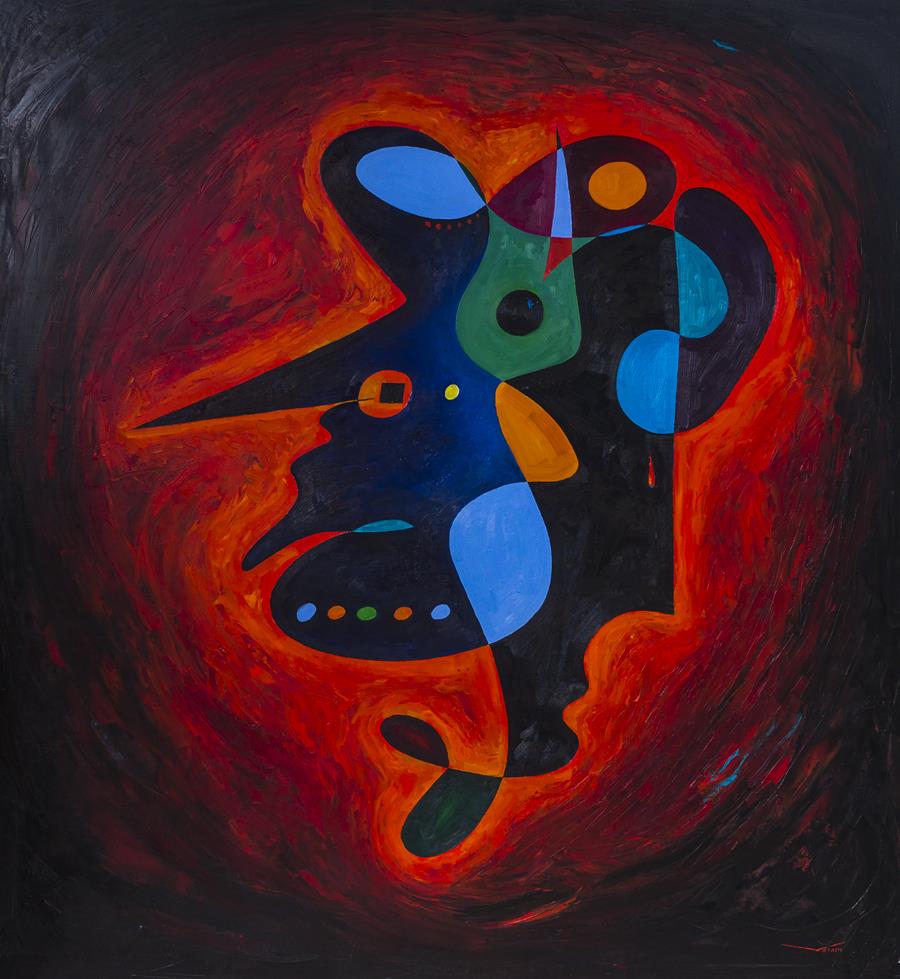
Setting the precedent for the Great World Personalities Series of paintings that would follow, Che Guevara operates in the fascinating interstice between abstraction and figuration, complicating the formal correlation between the churning bands of brilliant color and the searing visage contained within them. Vibrating with a thrilling vertiginous motion, the painting evades a fixed image, instead creating a pictorial realm where physiognomy merges with the material application of paint to defiantly challenge the strict formal organization of Modernist painting. Reflecting upon the impossibility of categorizing the Great World Personalities Series of paintings, critic Robert Mcintosh notes, “The facial symbols—which the context of the series leads us to expect—are everywhere and nowhere. Subject and object melt into each other, the human self into the otherness of the human nature; or, in contrast with the organic implications of both, into the inorganic materiality of pigment".
Famous oil paintings that built modern art as we know it.
You can help us improve this article by voting for your favorite work. Please sign up below and you will get an invitation to vote in your email box.

